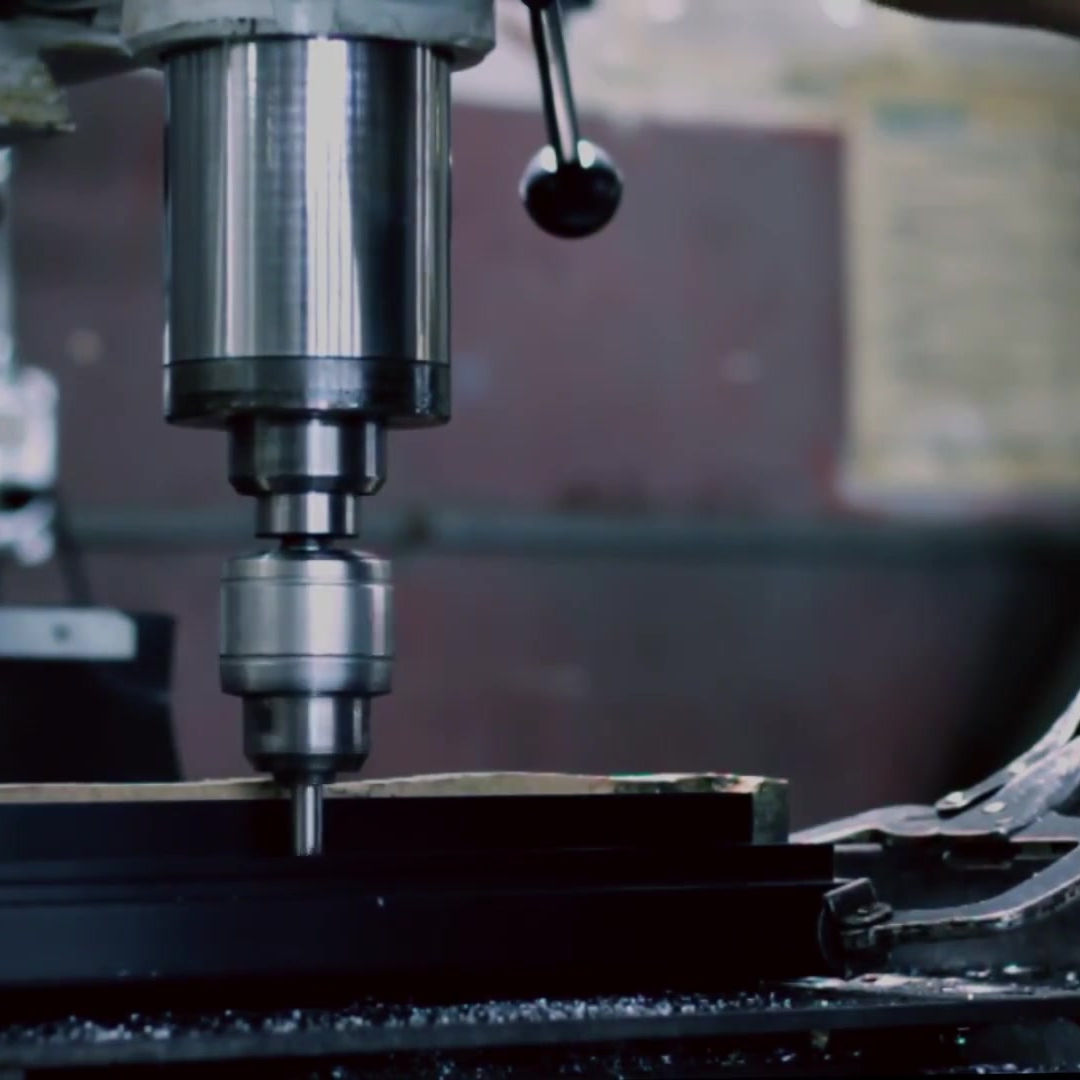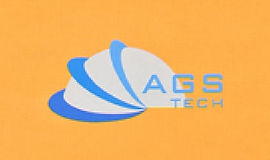


Global Custom Manufacturer, Integrator, Consolidator, Outsourcing Partner for a Wide Variety of Products & Services.
We are your one-stop source for manufacturing, fabrication, engineering, consolidation, integration, outsourcing of custom manufactured and off-shelf products & services. We also private label / white label your products with your brand name if you wish.
Choose your Language
-
Custom Manufacturing of Parts, Components, Assemblies, Finished Products, Machines and Industrial Equipment
-
Domestic & Global Contract Manufacturing
-
Manufacturing Outsourcing
-
Domestic, Global Procurement of Industrial Products
-
Private labeling / White Labeling your Products with your Brand Name
-
Product Finding & Locating Services
-
Global Design and Channel Partnership
-
Engineering Integration
-
Engineering Services
-
Global Consolidation, Warehousing, Logistics
The principle of operation of WATER-JET, ABRASIVE WATER-JET and ABRASIVE-JET MACHINING & CUTTING is based on momentum change of the fast flowing stream that hits the workpiece. During this momentum change, a strong force acts and cuts the workpiece. These WATERJET CUTTING & MACHINING (WJM) techniques are based on water and highly refined abrasives, propelled at three times the speed of sound, to make incredibly accurate and precise cuts in virtually any material. For some materials like leather and plastics, an abrasive may be omitted and cutting can be done only with water. Waterjet machining can do things that other techniques cannot, from cutting intricate, very thin details in stone, glass and metals; to rapid hole drilling of titanium. Our waterjet cutting machines can handle large flat stock material with many feet of dimensions with no limit to the type of material. To make cuts and manufacture parts, we can scan images from files into the computer or a Computer Aided Drawing (CAD) of your project can be prepared by our engineers. We need to determine the type of material being cut, its thickness, and the desired cut quality. Intricate designs present no problem as the nozzle simply follows the rendered image pattern. Designs are limited only by your imagination. Contact us today with your project and let us give you our suggestions and quote. Let us examine these three types of processes in detail.
WATER-JET MACHINING (WJM): The process may equally be called HYDRODYNAMIC MACHINING. The highly localized forces from the water-jet are used for cutting and deburring operations. In simpler words, the water jet acts like a saw that cuts a narrow and smooth groove in the material. Pressures levels in waterjet-machining are around 400 MPa which is pretty sufficient for efficient operation. If needed, pressures that are a few times this value can be generated. The diameters of jet nozzles are in the neighborhood of 0.05 to 1mm. We cut a variety of nonmetallic materials such as fabrics, plastics, rubber, leather, insulating materials, paper, composite materials using the waterjet cutters. Even complicated shapes such as automotive dashboard coverings made of vinyl and foam can be cut using multiple-axis, CNC controlled waterjet machining equipment. Waterjet machining is an efficient and clean process when compared to other cutting processes. Some of the major advantages of this technique are:
-Cuts can be started at any location on the work piece without the need to predrill holes.
-No significant heat is produced
-The waterjet machining and cutting process is well suited for flexible materials because no deflection and bending of the workpiece takes place.
-The burrs produced are minimal
-Water-jet cutting and machining is an environmentally friendly and safe process that uses water.
ABRASIVE WATER-JET MACHINING (AWJM): In this process, abrasive particles such as silicon carbide or aluminum oxide are contained in the water jet. This increases the material removal rate over that of purely water-jet machining. Metallic, nonmetallic, composite materials and others can be cut using AWJM. The technique is particularly useful for us in cutting heat-sensitive materials that we cannot cut using other techniques that produce heat. We can produce minimum holes of 3mm size and maximum depths of about 25 mm. Cutting speed can reach as high as several meters per minute depending on material being machined. For metals the cutting speed in AWJM is less as compared to plastics. Using our multiple-axis robotic control machines we can machine complex three-dimensional parts to finish dimensions without the need for a second process. To keep nozzle dimensions and diameter constant we use sapphire nozzles which is important in keeping accuracy and repeatability of the cutting operations.
ABRASIVE-JET MACHINING (AJM) : In this process a high-velocity jet of dry air, nitrogen or carbondioxide containing abrasive particles hits and cuts the workpiece under controlled conditions. Abrasive-Jet Machining is used for cutting small holes, slots and intricate patterns in very hard and brittle metallic and nonmetallic materials, deburring and removing flash from parts, trimming and beveling, removing surface films such as oxides, cleaning of components with irregular surfaces. The gas pressures are around 850 kPa, and the abrasive-jet velocities around 300 m/s. Abrasive particles have diameters around 10 to 50 microns. The high speed abrasive particles round off sharp corners and holes made tend to be tapered. Therefore designers of parts that will be machined by abrasive-jet should take these into consideration and make sure the produced parts do not require such sharp corners and holes.
The water-jet, abrasive water-jet and abrasive-jet machining processes can be used effectively for cutting and deburring operations. These techniques have an inherent flexibility thanks to the fact that they do not use hard tooling.


















